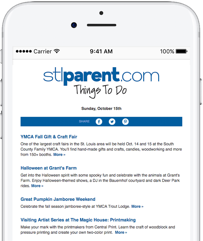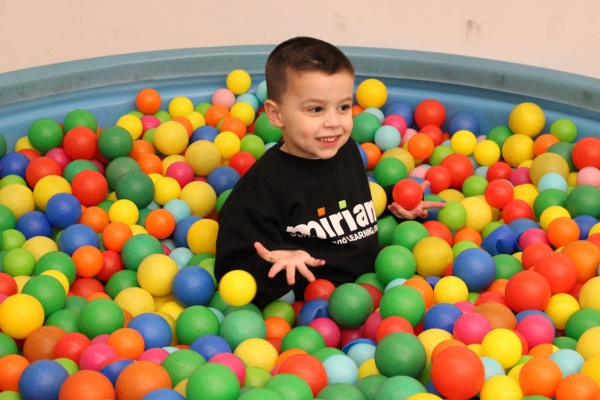
Five Tips for Shaping Up Your Kids' Food Choices
So we got home from vacation today, and I had to face up to the fact that I’m going to have to retrain my kids from a diet of Powerade and Fruit Loops back to milk and  actual fruit.
actual fruit.
Daunting. But I picked up some great tips during a phone conversation last week with Melissa Halas-Liang, a California-based nutrition coach and founder of SuperKids Nutrition. We started corresponding a few months ago about the impact health advocates are having on TV food advertising aimed at kids. In our call, she was pretty blunt in her assessment: “Obviously it’s not making a difference.”
So we spoke instead about three main problems when it comes to overweight kids: 1) the wrong food choices, 2) outside influences (like those ads), and 3) lack of exercise.
Just hearing that made me feel better, because despite our crappy diet during the past 10 days, we burned off way more calories than usual at the beach, the mini-golf course, the German cultural festival where the boys danced and in swimming pools at our hotels. The boys barely had time to watch TV or absorb any junk food ads other than the occasional billboard as we drove.
My task is really to address the first problem on the list. Halas-Liang gave me five good ways to do that.
For starters, she said, I have to look at consistency in my own food choices. Be healthy (but not perfect!) myself. “There’s no wagon to fall off if you’re consistently good,” she said.
OK, we’ll work on that one. Next? Cut down on sugar. Kids ages 14 to 18 regularly eat the equivalent of 34 teaspoons of sugar a day, or 560 calories, she said. “About 30 percent of America’s calories come from snacking.” In her career as a nutrition coach, she often visits preschools to evaluate their snack cabinets – and finds things like Little Debbies and Oreos, or ice cream at mid-morning breaks.
This too makes me feel a little better. We had no Little Debbies in our snack bag. We did, however, have plenty of crackers, and this is where the sugar issue gets tricky. “It’s so pervasive in our food supply, from tomato sauce to crackers,” Halas-Liang said. “Why do you need sugar in crackers?” Not for the extra sweetness – our taste buds are so used to it that we don’t even notice it.
OK, we’ll work on that too. Her third tip? Don’t use food as a punishment or reward. Ouch. Hard to even pretend I didn’t do this during our 14-hour car trip. “I see it every day, people bribe their kids with food,” she said. “It sets them up for obesity – it’s correlated later in life.” She suggests giving hugs and verbal praise, not candy, as a reward for good behavior.
Let us move quickly to her final two tips. They’re both good ones. When I asked what practical things parents can do in their day-to-day life, Halas-Liang had two suggestions that I am totally going to tap into. Tip number four was using books to get across health messages. Her site has a book review section, but with a little creativity you can incorporate whatever you’re reading to your kids. “Even Green Eggs and Ham has a message,” Halas-Liang pointed out. (For the record, she has authored several kids’ books herself, and they’re available on the homepage.)
Her final tip is this: Be specific about how foods are good for your kids. Instead of just telling them spinach is healthy, say that it helps their eyes. Explain that apples fight asthma. Give them mini-lessons in foods’ functionality.
Halas-Liang teaches functional foods for a living, so all of these scientific tidbits are second nature to her. For those of us who have to learn them before we can tell our kids, the Internet is a gold mine. Google “superfoods” and you’ll get 12 million hits. With a little surfing, you’ll be able to tailor your functional messages to whatever your kids are into (appearance, athletic ability, scholastic pursuits). From Oprah to the U.S. Department of Agriculture, the information is everywhere. If you're worried about remembering them all ... maybe leafy green vegetables can help!
By Amy De La Hunt, Health Blogger for SmartParenting

Amy De La Hunt is a journalist and editor who lives in the St. Louis metro area and works across the country as a writer, copy editor, project manager and editorial consultant on everything from fiction books to monthly magazines to blog posts. When she's not chauffeuring her teenage sons to activities, Amy is an enthusiastic amateur cook, landscaper, Latin dancer and traveler. Follow Amy on Instagram @amy_in_words





















